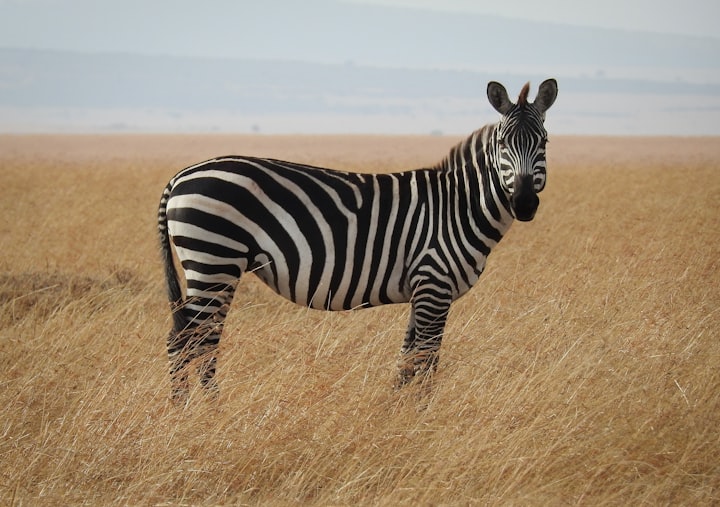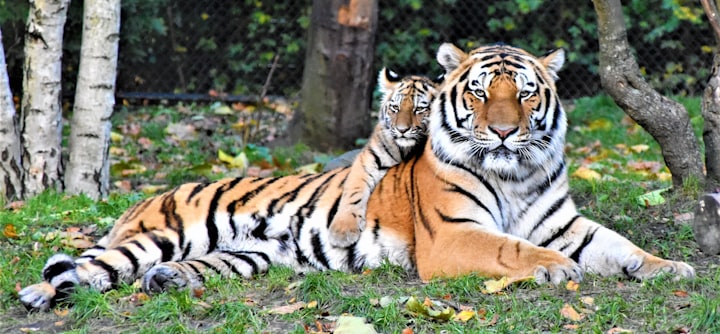
Zebra
Zebras are a beloved animal found in the wilds of Africa. They are recognizable for their black and white striped coats, which make them one of the most distinctive animals on the planet. Zebras are part of the equid family, which also includes horses and donkeys. In this article, we will explore the unique characteristics, behaviors, and adaptations of the zebra.
Characteristics
The zebra is a medium-sized animal, typically measuring between 3.5 to 5 feet tall and weighing between 440 to 990 pounds. They have a distinctive black and white striped coat, with each zebra having a unique stripe pattern that allows them to be easily identified. The stripes are thought to act as a form of camouflage, helping them blend in with their surroundings and evade predators. In addition to their stripes, zebras have large ears that they use to listen for potential threats, and they have sharp eyesight and a keen sense of smell.
Zebras are herbivores, and they primarily eat grass, although they will also eat leaves, bark, and stems if necessary. They have a special digestive system that allows them to extract nutrients from the tough grasses that grow on the African savannahs. They have a four-chambered stomach, which allows them to ferment their food in a process called hindgut fermentation. This process breaks down the cellulose in the grass and releases nutrients that the zebra can absorb.
Behavior
Zebras are social animals and are typically found in groups called harems. A harem is made up of one dominant male, several females, and their young offspring. Zebras use a variety of vocalizations to communicate with one another, including braying, snorting, and barking. They also use body language to communicate, such as lifting their heads and ears to indicate alertness or lowering their heads to signal submission.
When threatened, zebras will band together and use their collective strength to fend off predators. They are known for their powerful kicks, which can be lethal to predators such as lions or hyenas. Zebras are also fast runners and can reach speeds of up to 40 miles per hour, which makes them difficult to catch.
Adaptations
Zebras have several adaptations that help them survive in their harsh African environment. One of their most notable adaptations is their stripes. The stripes are thought to act as a form of camouflage, helping them blend in with their surroundings and evade predators. However, recent research has suggested that the stripes may also play a role in regulating the zebra's body temperature. The black stripes absorb more heat than the white stripes, which creates air currents that help cool the zebra's body.
Another adaptation that zebras have is their special digestive system. The hindgut fermentation process that they use to extract nutrients from tough grasses is unique to equids and allows them to survive in areas where other herbivores cannot. Additionally, zebras have strong teeth that are well-adapted to grinding and chewing tough vegetation.
Conclusion
In conclusion, zebras are a remarkable species that have evolved over time to survive and thrive in their African environment. From their distinctive black and white stripes to their powerful social behaviors, zebras are truly unique animals that capture the imagination of people around the world. Through their adaptations, such as their special digestive system and powerful kicks, zebras have been able to survive in areas where other herbivores cannot. It is important to continue to study and protect these animals, as they play a vital role in the ecosystem and provide important lessons about survival and adaptation in the natural world. Whether you are a wildlife enthusiast or simply appreciate the beauty of nature, the zebra is a fascinating and beloved animal that will continue to inspire us for generations to come.






Comments
There are no comments for this story
Be the first to respond and start the conversation.